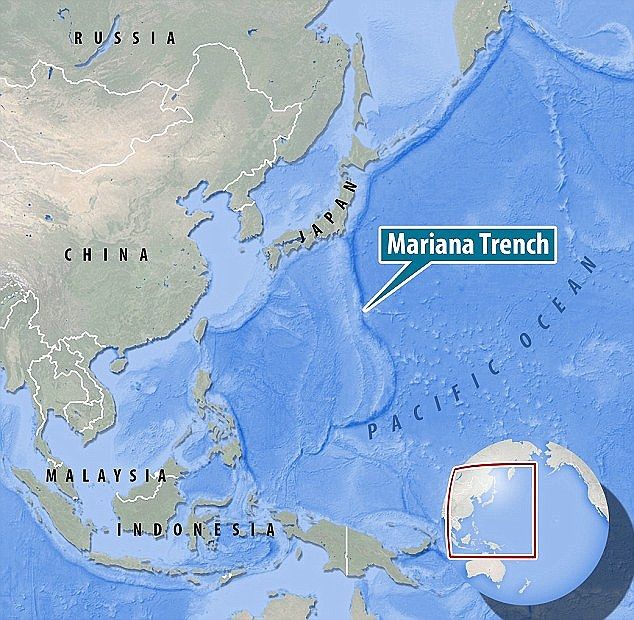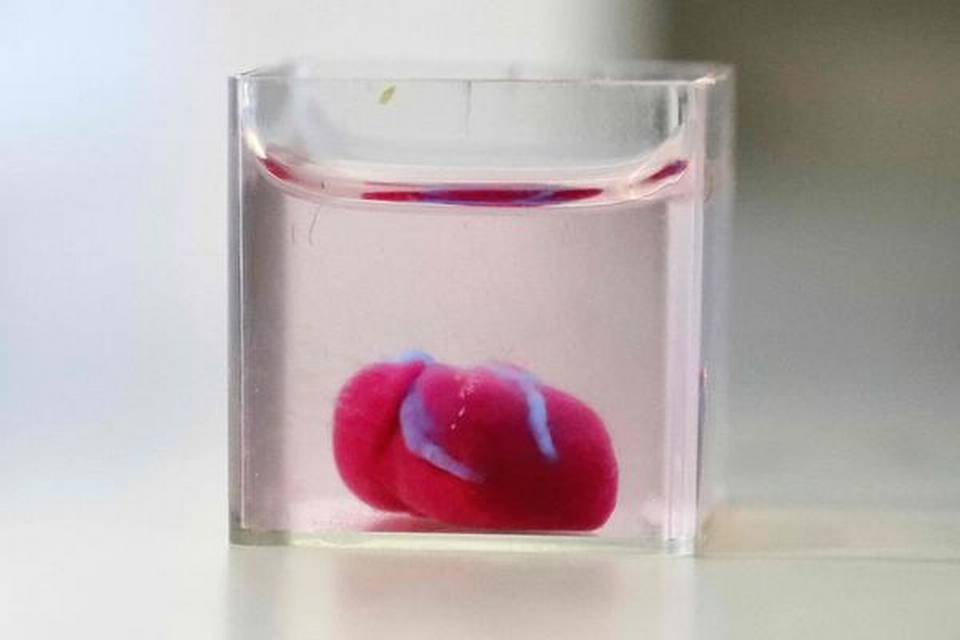900 319 0030
enquiry@shankarias.in
Origin of life from Ponds
Mariana Trench

3D- Printed Heart

Maternal Spindle Transfer
Saraswati Samman
Central Monitoring Committee on Pollution
Source: PIB, the Hindu, Down to Earth, Indian Express